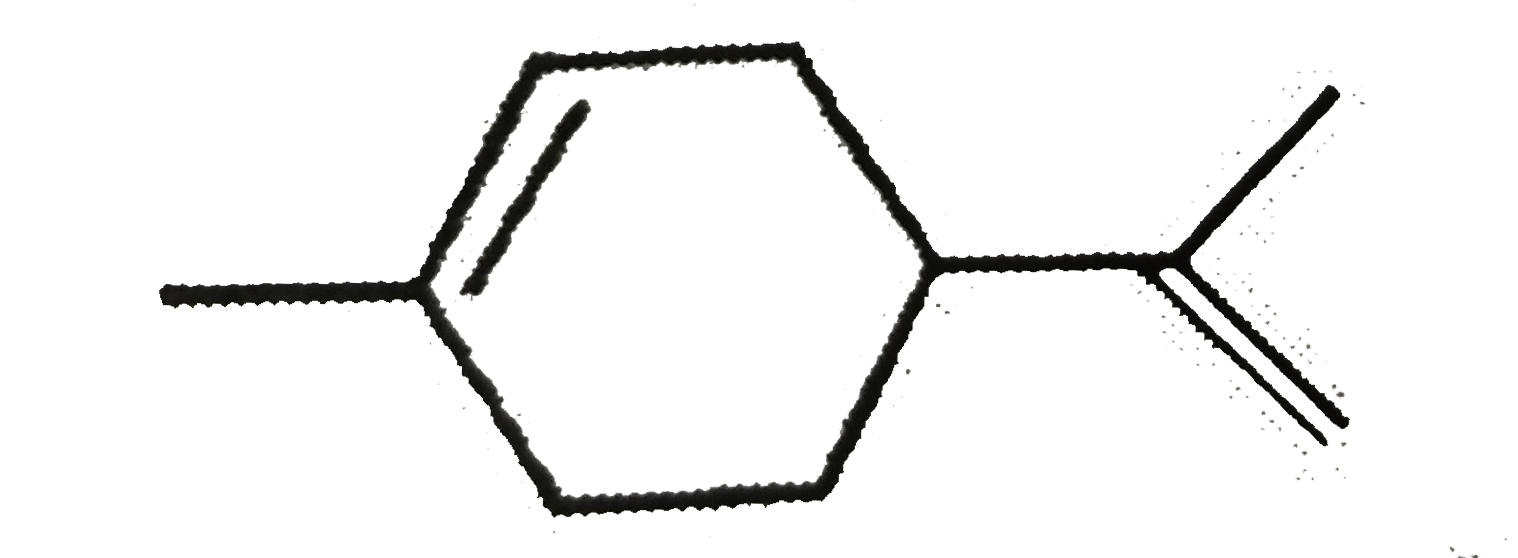Analogous structures are a result of
convergent evolution
Shared ancestry
Stabilizing selection
divergent evolution
The correct Answer is:A
Step-by-Step Solution:
1. Understanding Analogous Structures: Analogous structures are organs or features in different species that perform similar functions but have different evolutionary origins. For example, the wings of bats and the wings of insects serve the same function (flight) but evolved independently.
2. Identifying the Options: The question provides four options regarding what causes analogous structures:
- A) Convergent evolution
- B) Shared ancestry
- C) Stabilizing selection
- D) Divergent evolution
3. Analyzing Each Option:
- A) Convergent Evolution: This occurs when different species evolve similar traits independently, often due to similar environmental pressures. This is the primary mechanism that leads to the formation of analogous structures.
- B) Shared Ancestry: This refers to structures that are similar due to a common ancestor, which is more related to homologous structures, not analogous ones.
- C) Stabilizing Selection: This is a type of natural selection that favors average traits in a population, which does not directly relate to the formation of analogous structures.
- D) Divergent Evolution: This occurs when two or more related species become more dissimilar over time, leading to homologous structures rather than analogous ones.
4. Conclusion: Based on the analysis, the correct answer to the question is A) Convergent Evolution. This is because analogous structures arise when different species independently evolve similar traits in response to similar environmental challenges.
- A) Convergent evolution
- B) Shared ancestry
- C) Stabilizing selection
- D) Divergent evolution
- A) Convergent Evolution: This occurs when different species evolve similar traits independently, often due to similar environmental pressures. This is the primary mechanism that leads to the formation of analogous structures.
- B) Shared Ancestry: This refers to structures that are similar due to a common ancestor, which is more related to homologous structures, not analogous ones.
- C) Stabilizing Selection: This is a type of natural selection that favors average traits in a population, which does not directly relate to the formation of analogous structures.
- D) Divergent Evolution: This occurs when two or more related species become more dissimilar over time, leading to homologous structures rather than analogous ones.
Topper's Solved these Questions
Similar Questions
Homologous structures are a result of
View SolutionWhy are analogous structure a result of convergent evolution ?
View SolutionWhy are analogous structure a result of convergent evolution ?
View SolutionAnalogous organs are a result of
View SolutionAnalogous structure of phylloclade is called
View SolutionAnalogous organs are
View SolutionThe alkene limonene has the following structure.

What product results from the reaction of limonene and chlorine water ?View SolutionAnalogous organs are :
View Solution(a)Different between analogous and hmologos structures
(b) Select and write analogous structures from the lost given below :
(i)wings of butterfly and birds
(ii) vertebrate hearts
(iii) Tendrils of bougain villea and cucurbita
(iv) Tubers of sweet potota and potato.View SolutionAnalogous organs arise due to
View Solution

